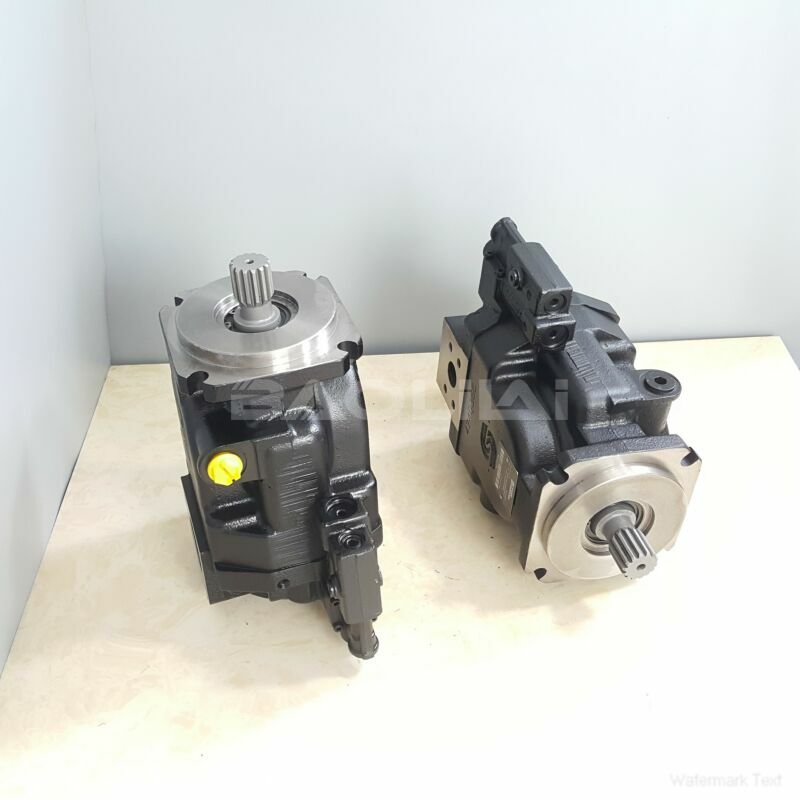FRL074BBS3126NNN3S1N2A1NNNNNNNNNN danfoss pump
FRL074BBS3126NNN3S1N2A1NNNNNNNNNN danfoss pump

- Product Details
- Applicable Scene
When it comes to fluid transfer systems, piston pumps and diaphragm pumps are two popular choices. Each type has its unique features, advantages, and disadvantages that make it suitable for different applications. Understanding the key differences between these two types of pumps can help you make an informed decision when selecting the right one for your needs.
FR-L-074B-BS-31-26-NN-N-3-S1N2-A1N-NNN-NNN-NNN
FRL074BBS3126NNN3S1N2A1NNNNNNNNNN
One of the primary differences between piston pumps and diaphragm pumps lies in their design and operation. Piston pumps utilize a cylinder and a piston mechanism to create pressure changes and move fluids. The piston is driven by a motor, which pushes and pulls the fluid through the pump. This design allows piston pumps to handle a wide range of fluids, including high-viscosity liquids and slurries.

80003746
In contrast, diaphragm pumps use a flexible diaphragm that moves back and forth to create a pumping action. As the diaphragm expands, it creates a vacuum that draws fluid into the chamber. When the diaphragm returns to its original position, it forces the fluid out of the pump. This design allows diaphragm pumps to effectively handle corrosive and abrasive fluids, making them a popular choice in chemical processing and wastewater treatment applications.
Another significant difference is the pressure capability of each pump type. Piston pumps are generally capable of generating higher pressures compared to diaphragm pumps. This makes them suitable for high-pressure applications, such as hydraulic systems and certain industrial processes. However, this higher pressure operation can also lead to increased wear and tear on components, requiring more maintenance.
Diaphragm pumps, on the other hand, are ideal for low to medium pressure applications. Their ability to handle delicate fluids without causing shear or turbulence makes them great for transferring shear-sensitive liquids. This is particularly important in industries such as food and pharmaceuticals, where maintaining the integrity of the fluid is crucial.





